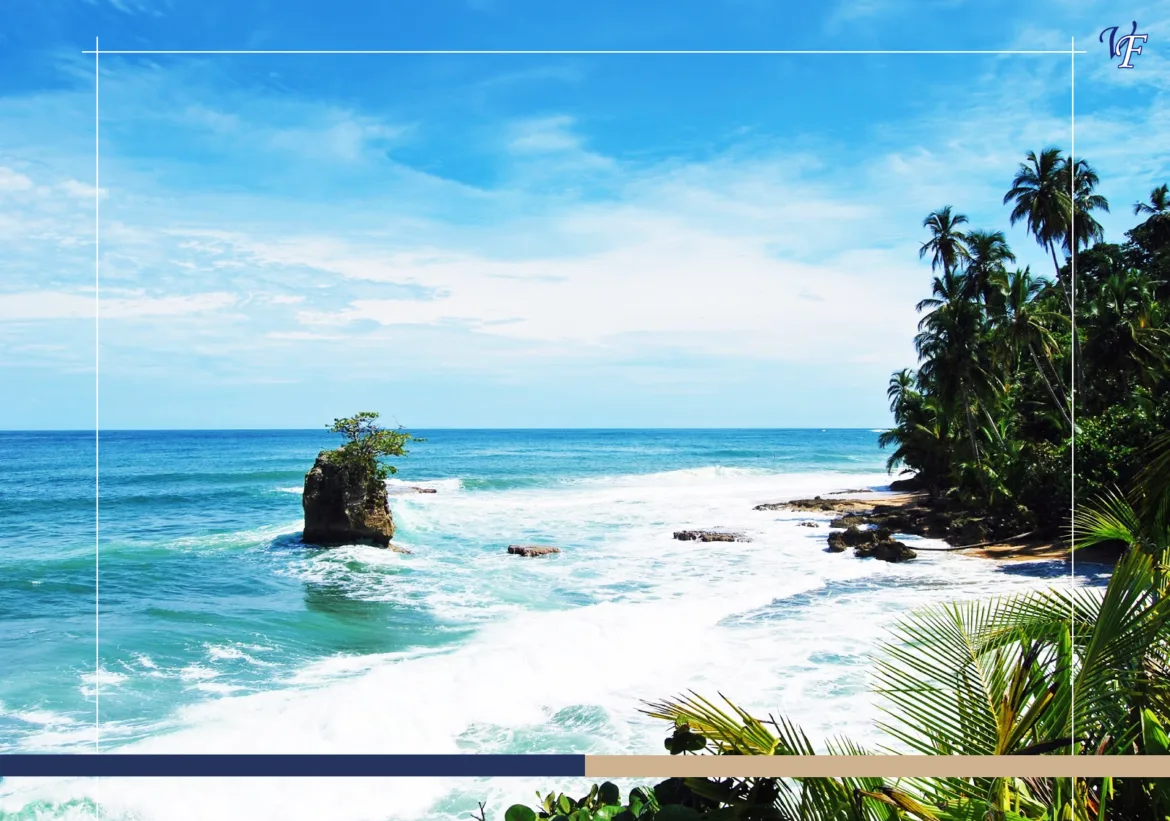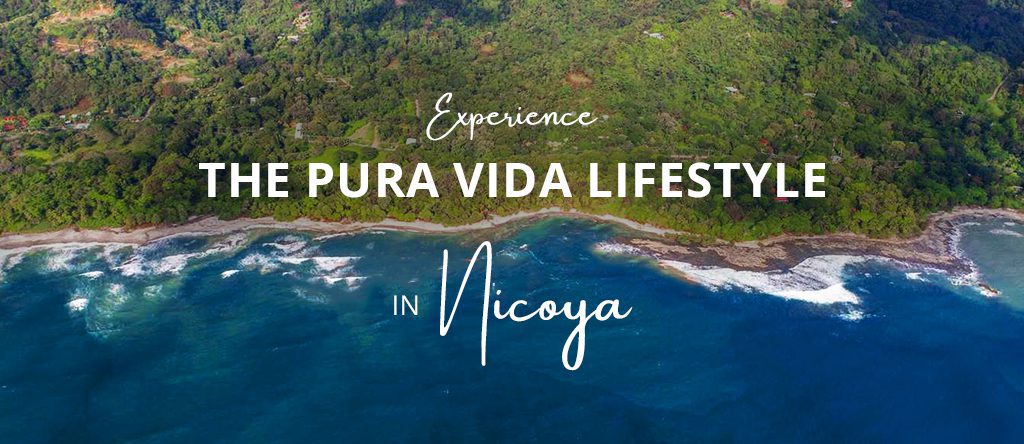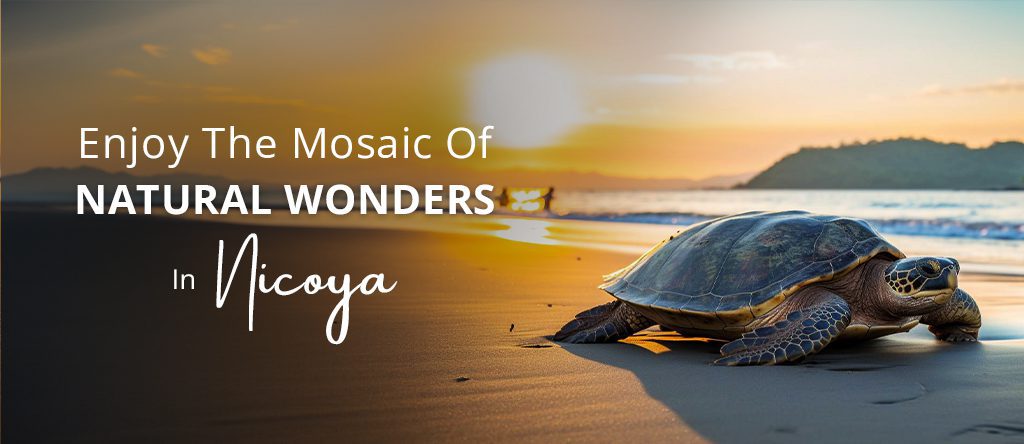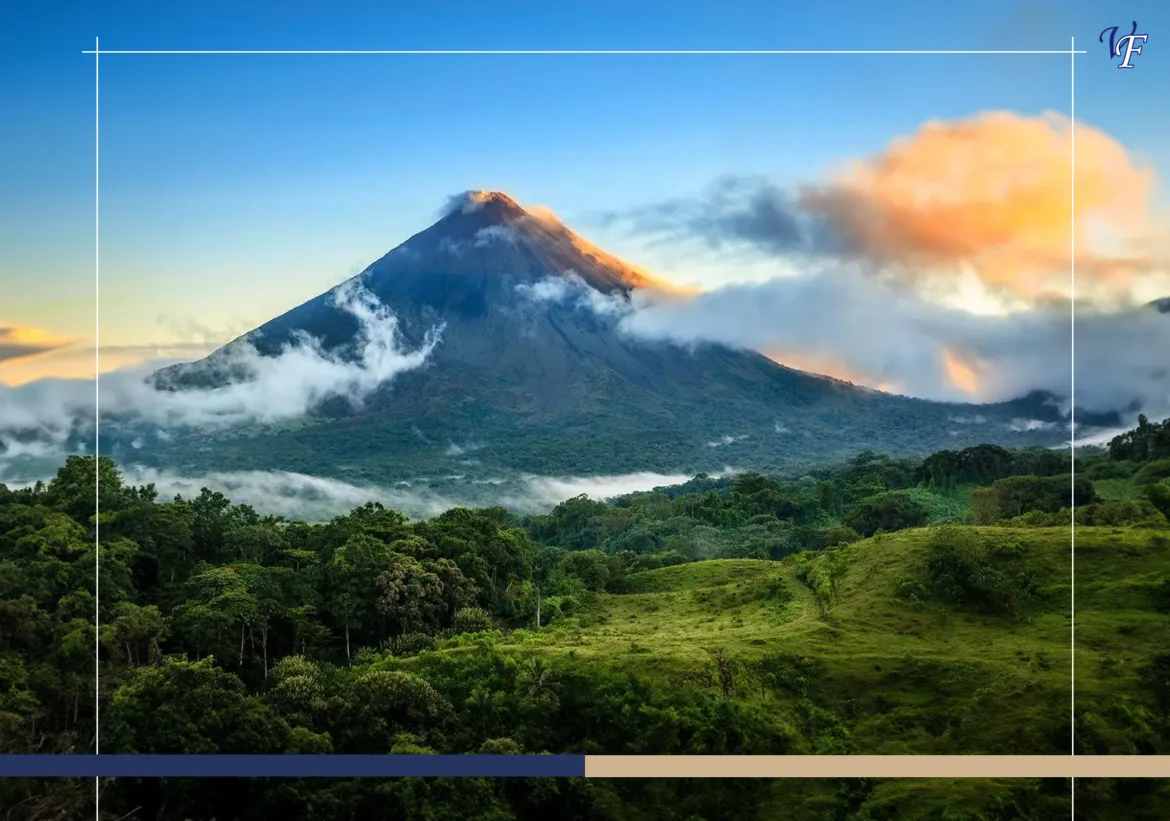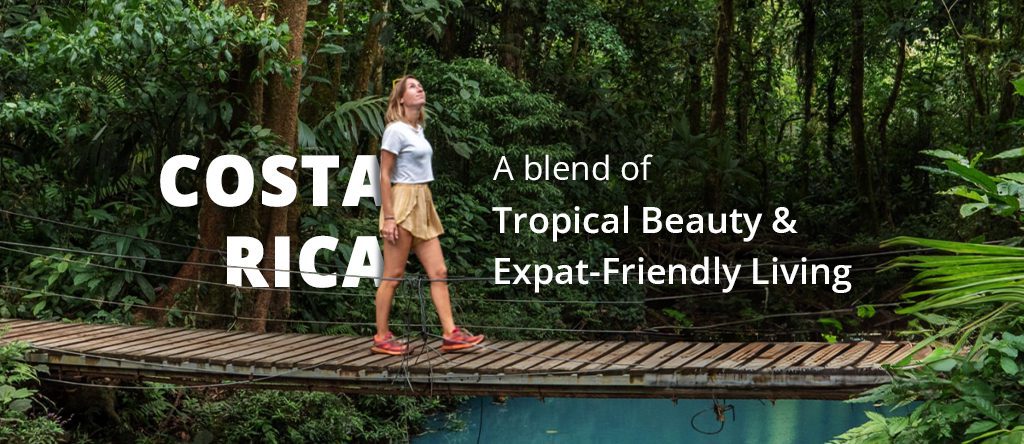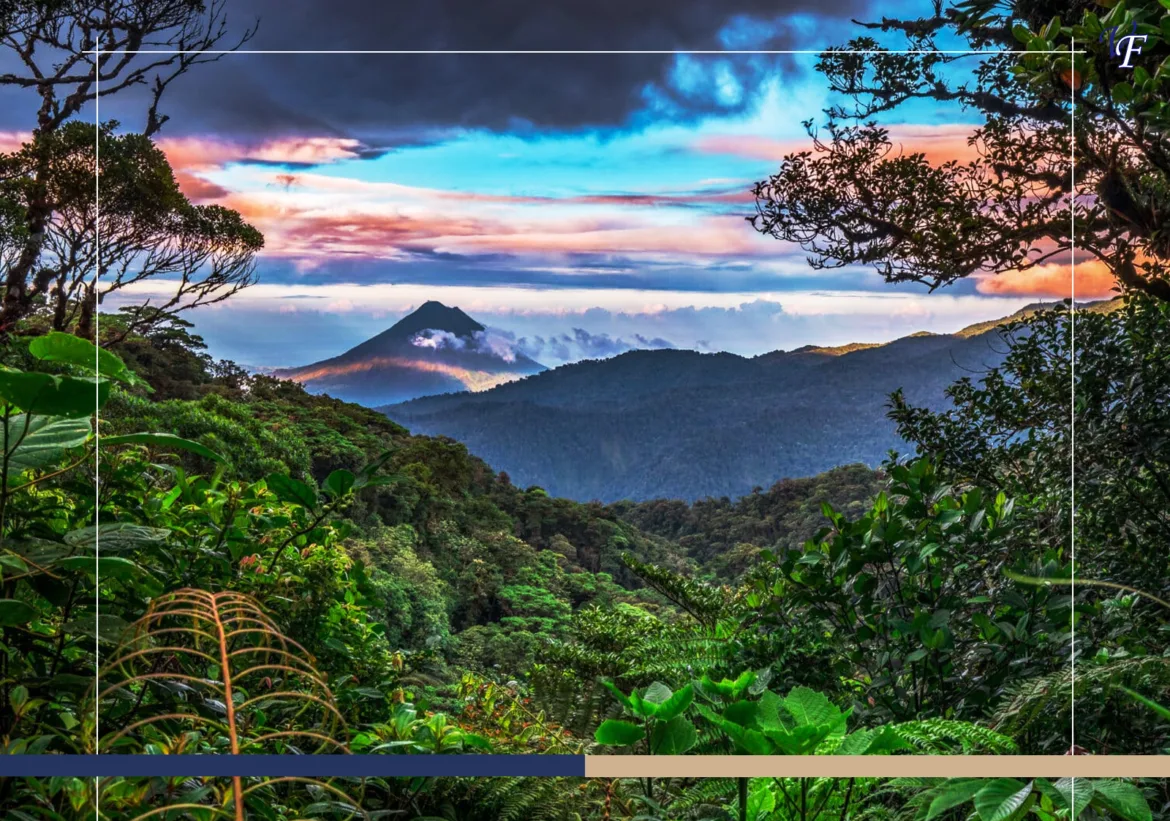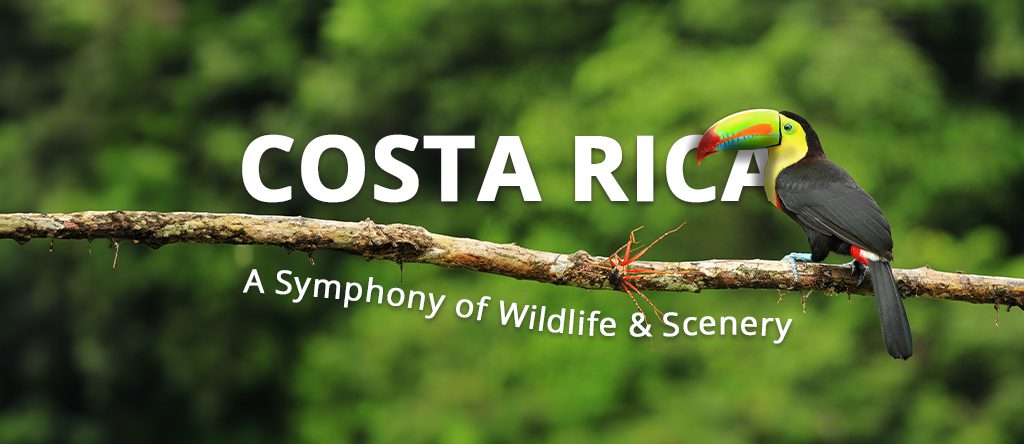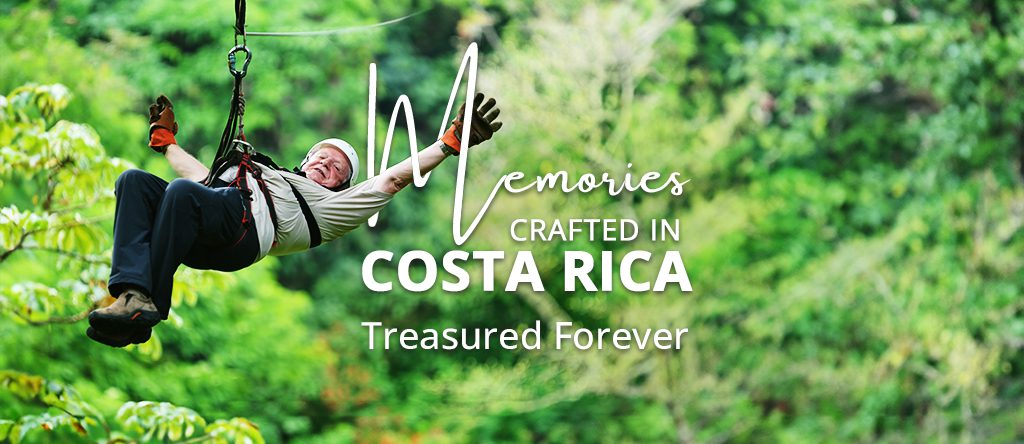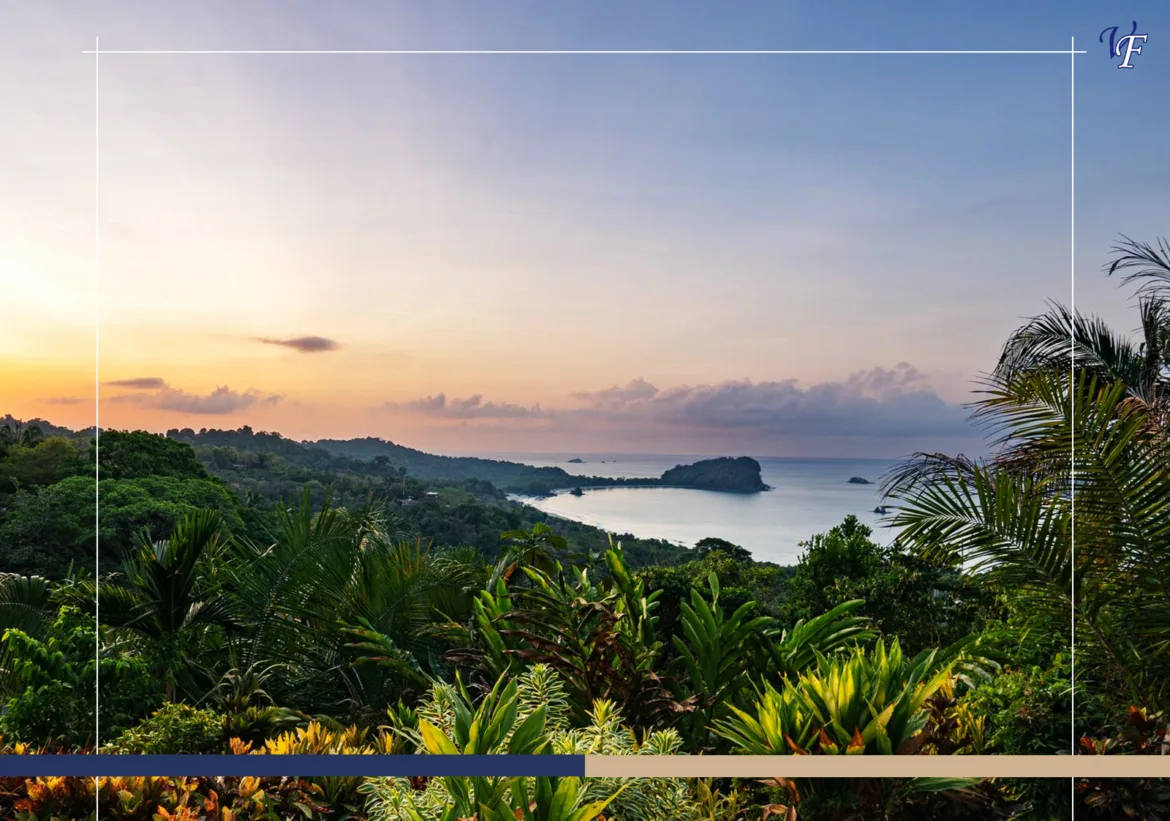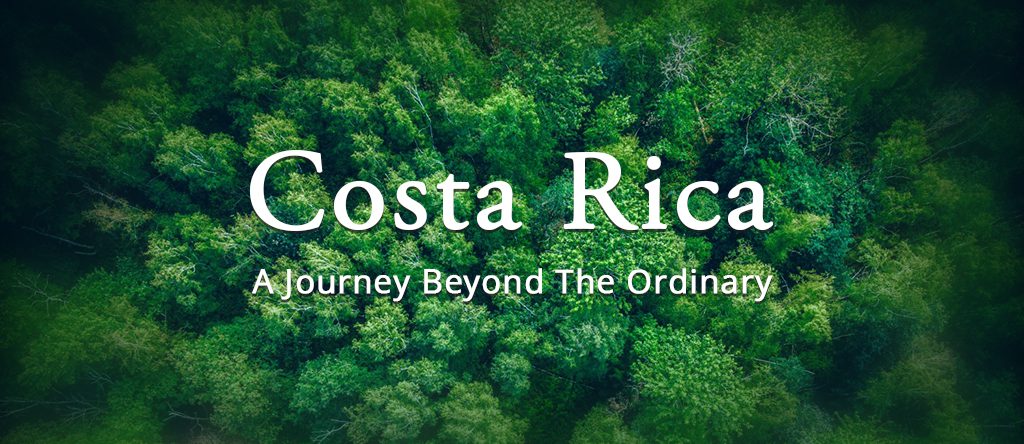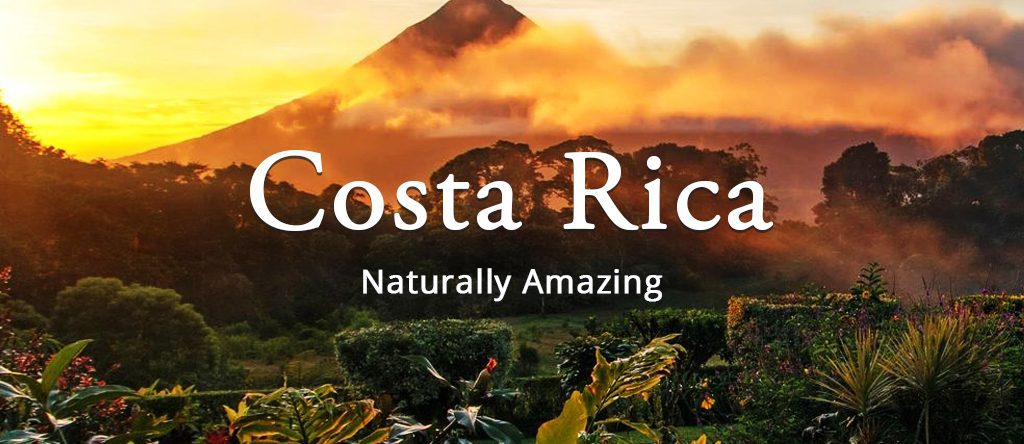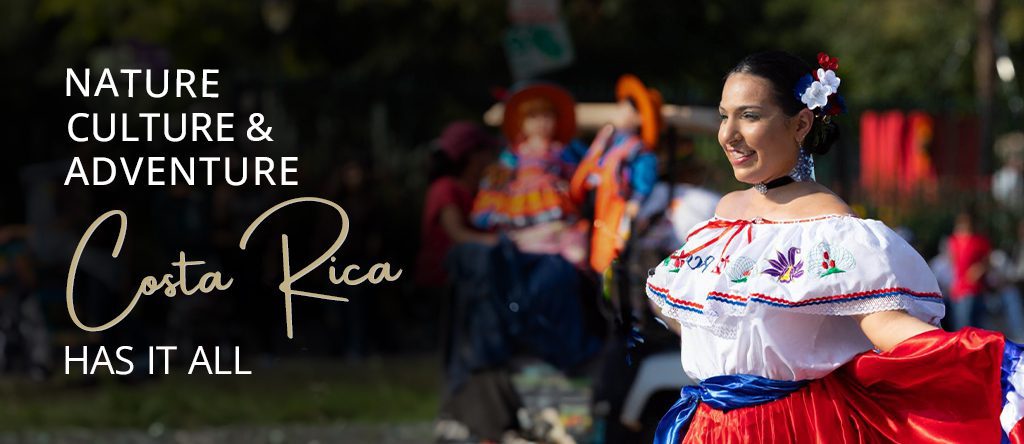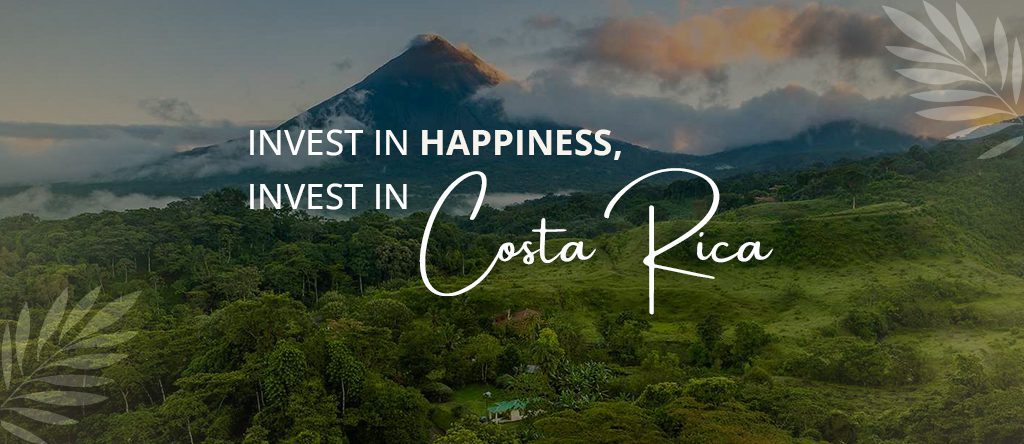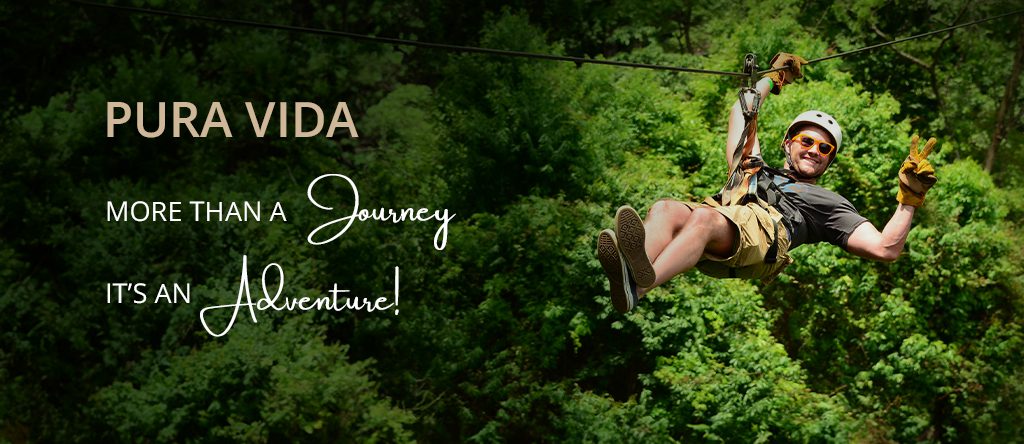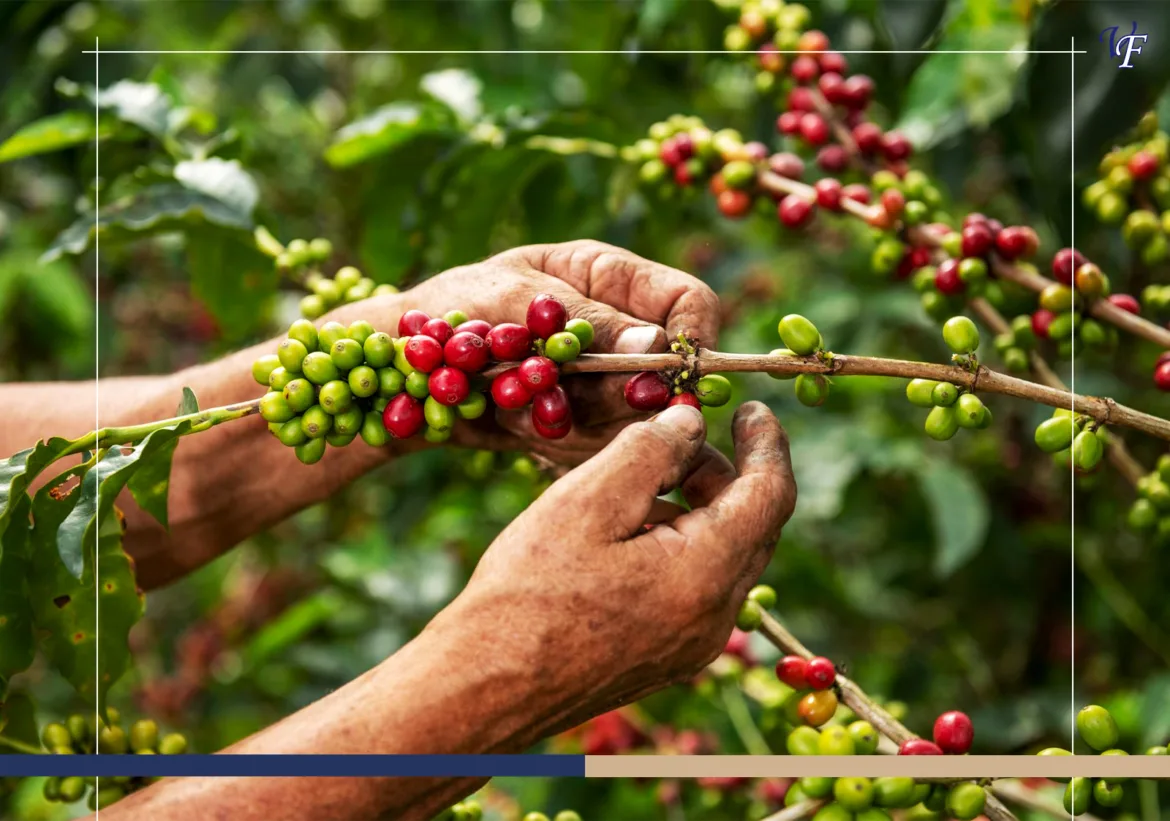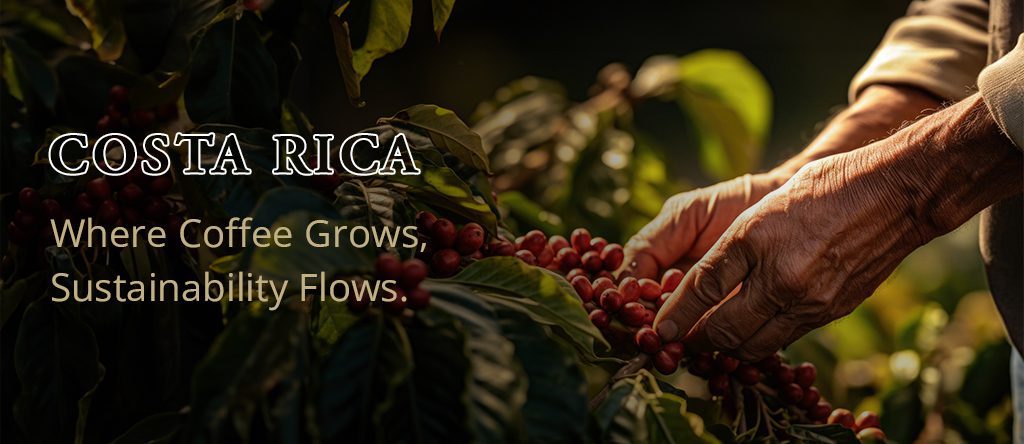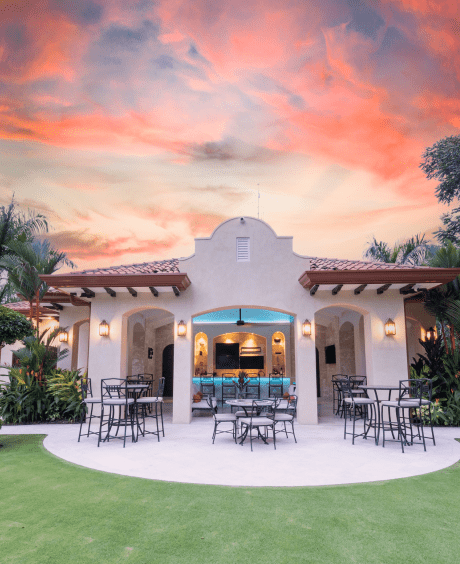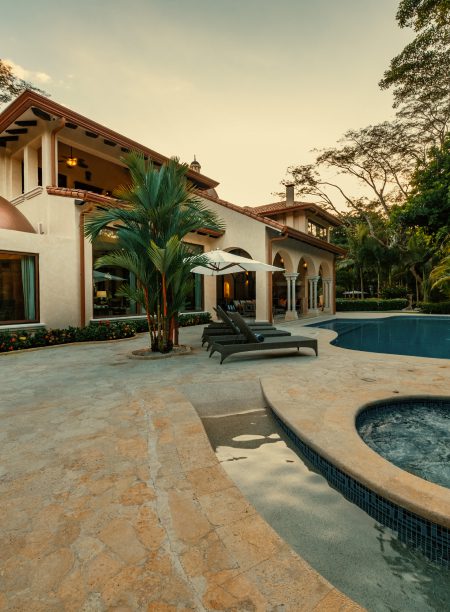If you’re a nature lover, you must visit Costa Rica – a true paradise between the Pacific and the Caribbean. With its stunning natural beauty and rich biodiversity, this Central American country has become the perfect destination for those seeking an authentic outdoor adventure. It has something for everyone, from lush rainforests and majestic waterfalls to beautiful beaches and diverse wildlife.
Costa Rica is home to more than nine thousand species of flowering plants, making tropical flowers in Costa Rica not just a beautiful sight but an invitation to dive into nature’s wonders. Whether you’re a nature enthusiast, a world traveler looking for gorgeous landscapes, or someone imagining a tropical backdrop for your next big event, the flowers of Costa Rica offer a journey you won’t forget.
Join us on a journey to uncover the mesmerizing floral paradise of Costa Rica. Let’s immerse ourselves in the vibrant colors, delicate petals, and sweet fragrances that make up this breathtaking world of flora.
The Majestic Floral Diversity of Costa Rica
Costa Rica is renowned for its abundance of lush landscapes and remarkable biodiversity. Among its treasures, the Costa Rica native flowers capture the essence of the tropical natural beauty. This diversity stems from a unique blend of ecosystems and climatic zones, each nurturing vibrant Costa Rica flora, making it a haven for nature enthusiasts and botanists.
Ecosystems Galore
From the misty cloud forests to the sun-kissed coastal areas, each corner of Costa Rica supports a vibrant floral scene. The country’s varied landscapes are home to exotic orchids, resilient coastal species, and everything in between, showcasing the adaptability and richness of life.
A Climate for Every Flower
What is Costa Rica known for if not its perfect environmental conditions for a wide range of flora? The country’s diverse climate, from warm lowlands to cooler highlands, provides ideal habitats for various flower species. The iconic Guaria Morada orchid and the striking heliconias are just glimpses of the botanical wealth found here.
Floral Heritage and Conservation
The tropical flowers of Costa Rica are not just a feast for the eyes; they are a reflection of the country’s commitment to conservation. Embodying the ‘Pura Vida’ spirit, these blooms remind us of the importance of preserving our natural world. Through its protected areas and environmental policies, the country ensures its floral legacy continues to thrive, inspiring visitors and locals alike to appreciate and protect our planet’s biodiversity.
In essence, the flowers of Costa Rica offer more than beauty; they tell a story of ecological harmony and the nation’s renowned efforts to safeguard its natural heritage.

Importance of Flowers in Costa Rican Culture
In Costa Rica, flowers do more than just adorn the landscape; they are woven into the very fabric of the culture. Their vivid colors and varied forms hold deep significance in local traditions, art, and festivals, reflecting the country’s rich heritage.
Traditions Rooted in Petals
Flowers are a symbol of life and renewal in traditions. The Guaria Morada, Costa Rica’s national flower, is a prime example. This orchid is not just celebrated for its beauty; it’s revered as a symbol of peace and luck, featuring prominently in homes and celebrations, especially during the Holy Week.
In everyday life, flowers make lovely gift options, expressing love, respect, or condolences. Their presence at weddings, funerals, and religious events underscores their importance in marking life’s most significant moments.
Artistic Blooms
Costa Rican art has floral motifs, reflecting the country’s biodiversity. Artists draw inspiration from the natural world, using flowers to convey messages of beauty, resilience, and the interconnectivity of life. From intricate paintings to vibrant textiles, floral designs are a testament to the creative spirit of Ticos.
Festivals of Flowers
Perhaps nowhere is the cultural significance of flowers more visible than in Costa Rica’s festivals. The Festival de las Flores, held annually in Heredia, is a spectacular celebration of flowers featuring parades, music, and dance. Here, intricate floats adorned with thousands of flowers create a mesmerizing display, showcasing the community’s artistic talents and the natural beauty of the Costa Rica native flowers.
Most Iconic Flowers of Costa Rica
Tropical natural beauty is unparalleled, and its flowers are a testament to this country’s incredible biodiversity. Each bloom tells a story, a blend of color, form, and adaptation that captivates and enchants.
Let’s explore some of the most iconic Costa Rica flowers, delving into their unique characteristics and roles in the ecosystem and culture.
- Guaria Morada (Purple Orchids): The Guaria Morada is the national flower of Costa Rica. It epitomizes the country’s serene beauty. These gorgeous purple orchids of Costa Rica thrive in cloud forests and symbolize peace and grace.
- Heliconias (Platanillo): Vibrant and shaped like lobster claws, Heliconias are a burst of color in the rainforest. They attract hummingbirds, playing a key role in the ecosystem. With their fiery reds and yellows, Heliconias embody the tropical allure of Costa Rica.
- Bird of Paradise (Ave del Paraíso): With its vibrant orange and blue petals, the Bird of Paradise resembles a bird’s head, making it a living work of art. With its unique beauty and exotic touch, it thrives in warm tropical climates, captivating nature lovers.
- Hot Lips Plant (Labios Ardientes): Named for its red and yellow flowers that mimic lips, it adds a whimsy to the floral diversity here. The Hot Lips Plant is an absolute must-have for anyone looking to cultivate a thriving garden that positively impacts the environment.
- Trumpet Umbrella Plant: The Trumpet Umbrella Plant is known for its large, inverted blooms that dangle like elegant chandeliers. Unique and eye-catching, it enhances the tropical botanical richness with its distinctive shape and contributes to the visual spectacle of the natural landscape.
- Purple Passion Flower (Pasiflora): The Purple Passion Flower is a spectacle of beauty with its vibrant purple petals and distinctive spiky tendrils. This flower not only adds a splash of color to the landscape but also intrigues with its complex structure, making it a favorite among both locals and visitors.
- Dutchman’s Pipe: Known for being the largest flower in Costa Rica, the Dutchman’s Pipe is truly a marvel. Its impressive size and unique shape captivate anyone lucky enough to encounter it. Its grandeur is a testament to the diverse and extraordinary flora that the country has to offer.
- Red Ginger (Jengibre Rojo): Red Ginger stands out with its bold red blooms atop tall stalks, making a dramatic statement in the lush tropical greenery. The visual impact of these flowers is undeniable, adding a touch of elegance and a pop of color to the surroundings.
- Ti Plant: The Ti Plant is famous for its decorative, colorful leaves, ranging from vibrant greens to deep purples. It is a popular choice in landscaping that adds a tropical flair to gardens and outdoor spaces, showcasing the versatility of Costa Rica flowers.
- Pepper Flowers: Pepper plants surprise us with delicate pepper flowers before becoming the spices we use daily. These blooms, varying in color, showcase the beauty hidden in our everyday vegetables.
- Flame of the Woods: The Flame of the Woods dazzles with its vibrant orange flowers illuminating the dry season. The fiery blooms of this tall tree are a beacon of vitality, drawing the eye and uplifting the spirit with their bright, cheerful color.
- Palicourea Elata: Palicourea Elata is a small shrub that grows in the understory of tropical forests. It produces clusters of tiny white flowers that add a delicate and elegant charm to the rich tapestry of plants in the forest.
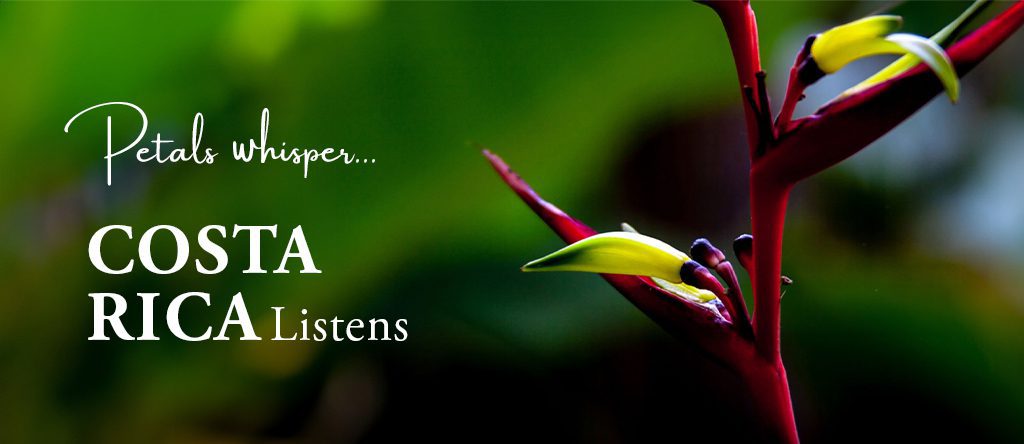
When and Where to See the Costa Rica Native Flowers?
Discovering tropical floral diversity is an adventure in itself. Here are five top spots and the ideal times to visit:
- Monteverde Cloud Forest Biological Preserve: Beyond its famed orchids, Monteverde’s misty realms are perfect for spotting the fiery reds and yellows of bromeliads. Early morning visits during the rainy season reveal dew-kissed flowers in their full glory.
- Lankester Botanical Garden: A springtime visit here is a must for orchid lovers. The garden also boasts a Japanese garden where floral arrangements blend with Zen aesthetics, offering a serene viewing experience.
- Manuel Antonio National Park: The coastal paths of Manuel Antonio are always lined with Costa Rica tropical flowers. It is recommended to visit during the early rainy season for fresh blooms and abundant wildlife.
- Tortuguero National Park: Discover the stunning beauty of tropical flora from a unique perspective by exploring the captivating waterways here. Go on a boat tour during the late rainy season to witness the aquatic plants and riverside blooms at their absolute peak.
- The Guanacaste Region: Known for its dry forests, visit in the early part of the wet season when the first rains transform the landscape into a burst of life, with flowering trees like the Guanacaste and Cortez Amarillo putting on a spectacular show.
Tips to Experience the Floral Beauty of Costa Rica
Costa Rica flowers are a vibrant testament to the country’s immense biodiversity, offering the enthusiastic traveler a kaleidoscope of colors and shapes.
However, enjoying botanical beauty comes with a responsibility to preserve it for future generations. Here are five ways to ensure your visit has a positive impact:
- Educate Yourself About Local Flora: Before visiting, learn about the native flowers and plants. This knowledge enhances your appreciation and helps you understand the importance of conservation.
- Choose Eco-conscious Accommodations: Choose eco-friendly accommodations that conserve water and use solar energy to reduce your environmental impact.
- Participate in Conservation Efforts: Engage in volunteer opportunities or support local conservation projects financially. Even small contributions can make a big difference.
- Use Eco-friendly Products: When exploring the natural reserves, use biodegradable sunscreens and insect repellents to protect the water and soil from harmful chemicals.
- Respect Wildlife and Plant Life: Always enjoy wildlife-watching from a distance and resist the urge to touch or pick plants. Your respect helps maintain the balance of these delicate ecosystems.
Truly experiencing the floral beauty of Costa Rica means more than just seeing it; it involves engagement with the environment and its preservation. By practicing responsible tourism, you contribute to safeguarding Costa Rica’s natural heritage.

Conclusion: A Floral Journey Through Costa Rica
Exploring Costa Rica is like walking into a living, breathing postcard where the flowers steal the show. Imagine every color you can think of, then picture even more vibrant ones—that’s the floral spectacle we’re talking about.
Do you dream of waking up to these breathtaking views daily? Do you want your wedding venue in Costa Rica to be adorned with tropical flowers? Villa Firenze is the place to be.
Picture this: you’re sipping your morning coffee, surrounded by the finest tropical flowers of Costa Rica, like the show-stopping Veraneras. Villa Firenze isn’t just any stay—it’s your front-row seat to nature’s masterpiece, wrapped up in luxury that makes it hard to leave. This luxury Costa Rica villa is where the best tropical beauty meets comfort, making every moment an experience.



